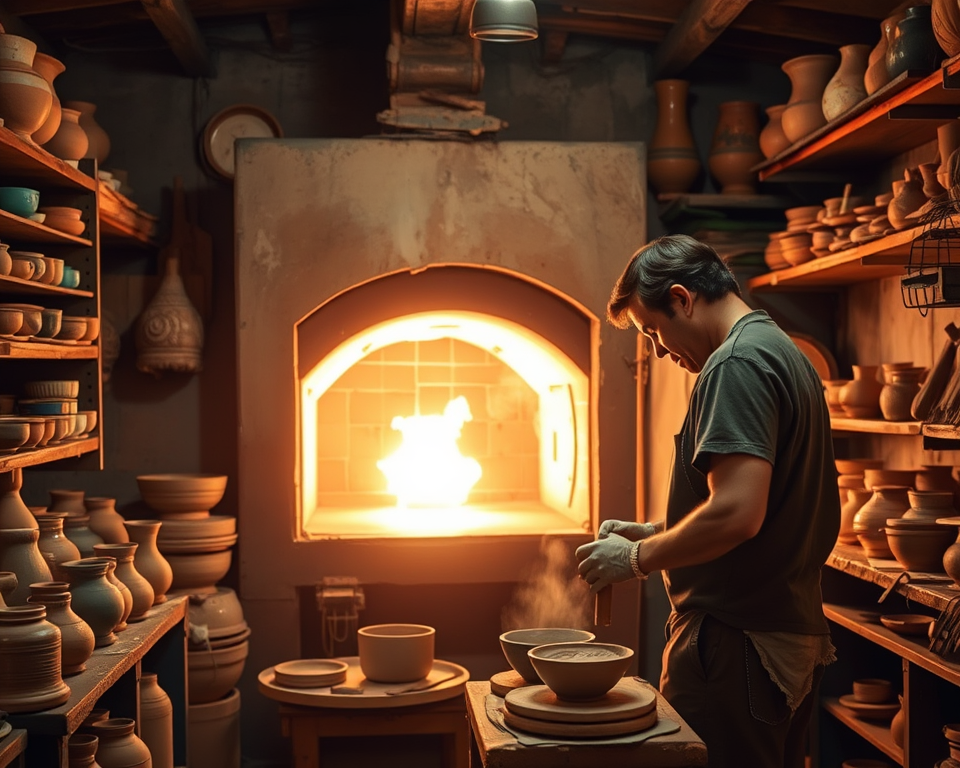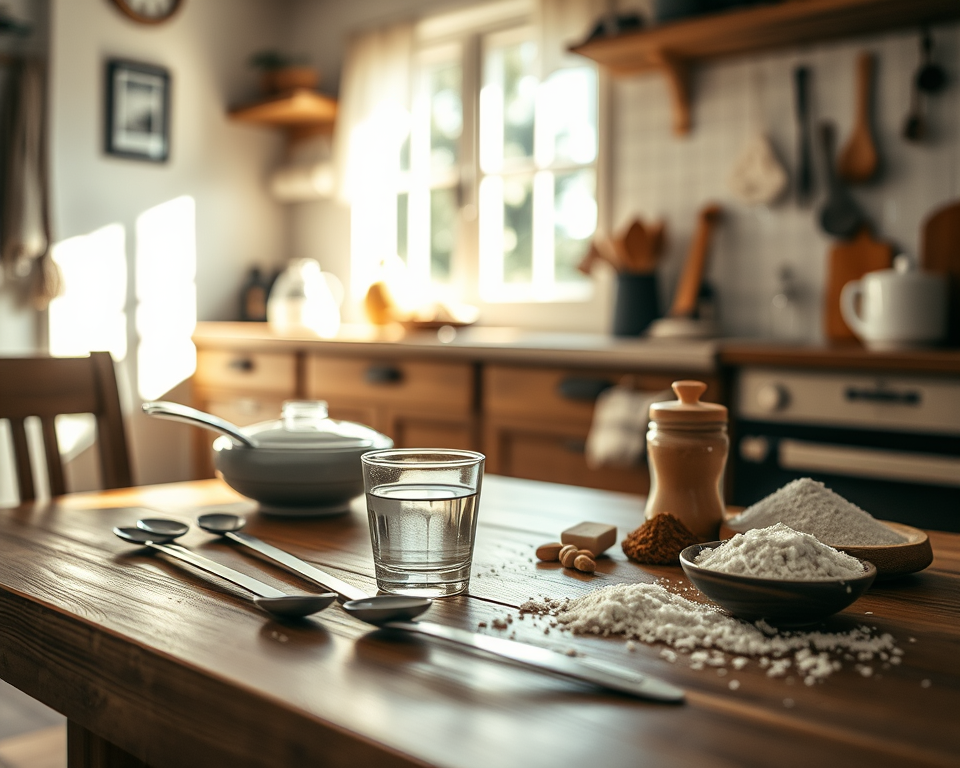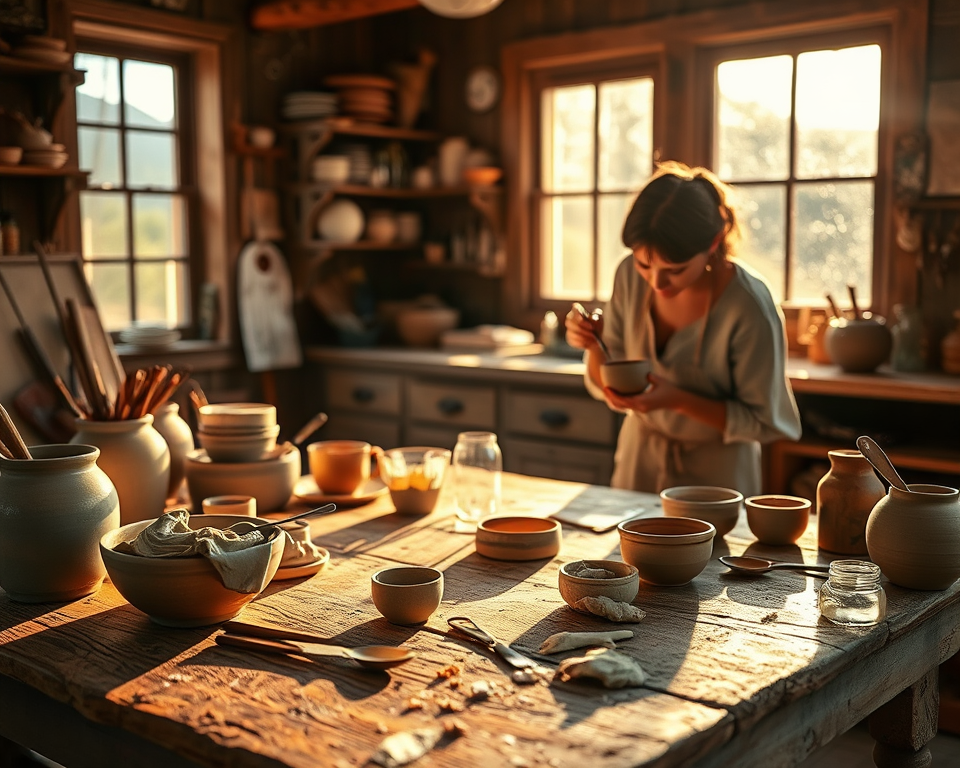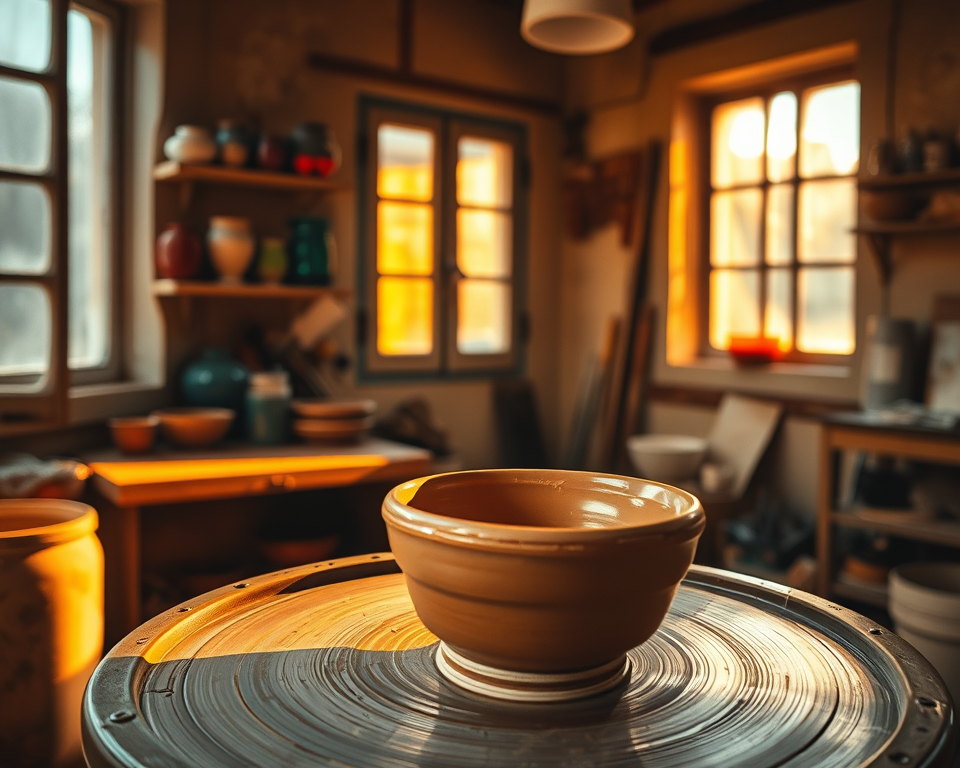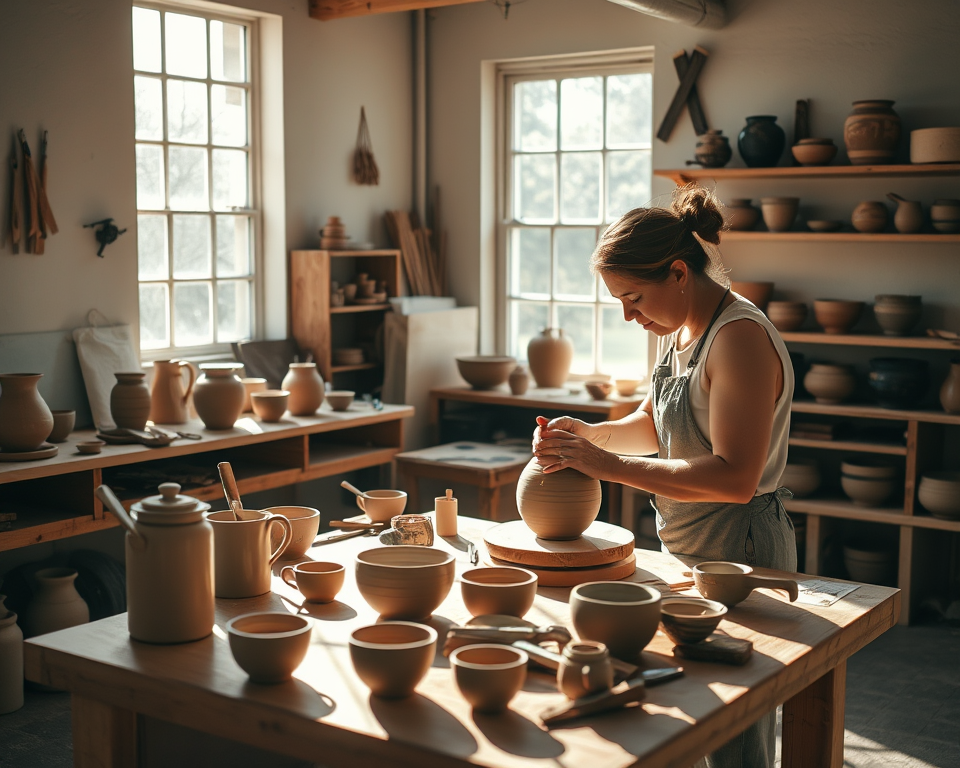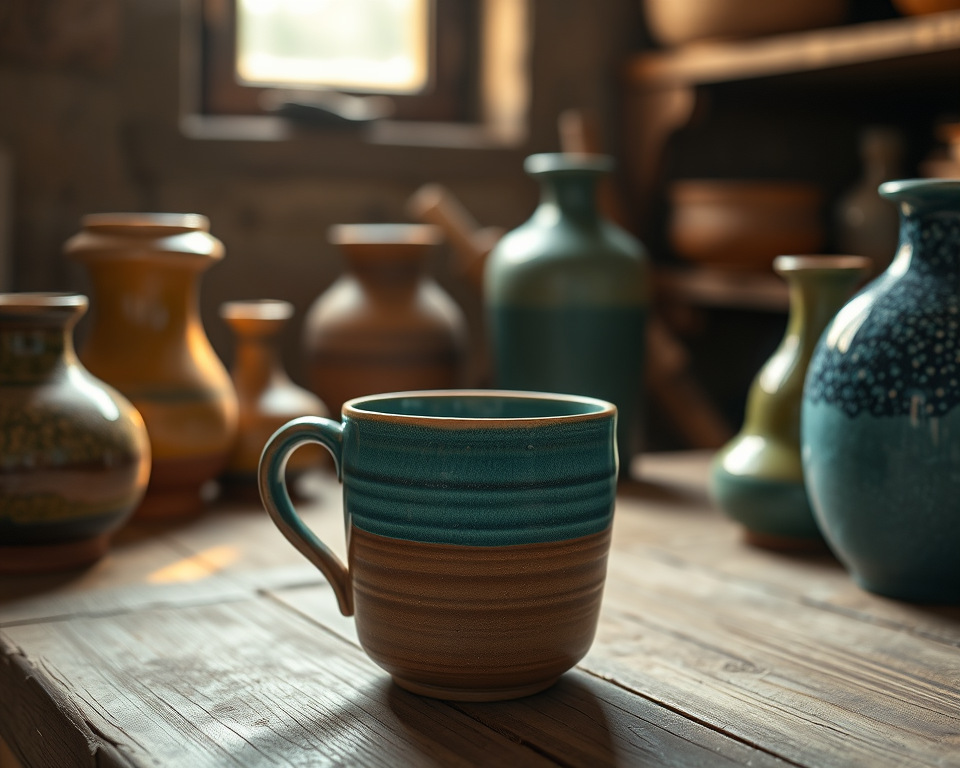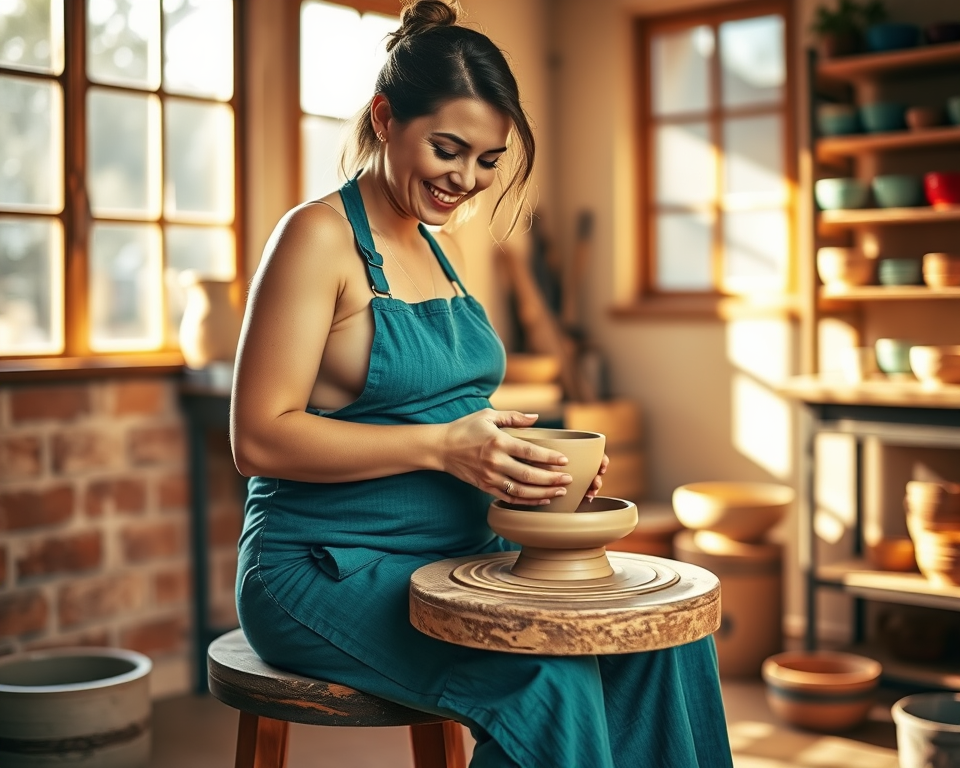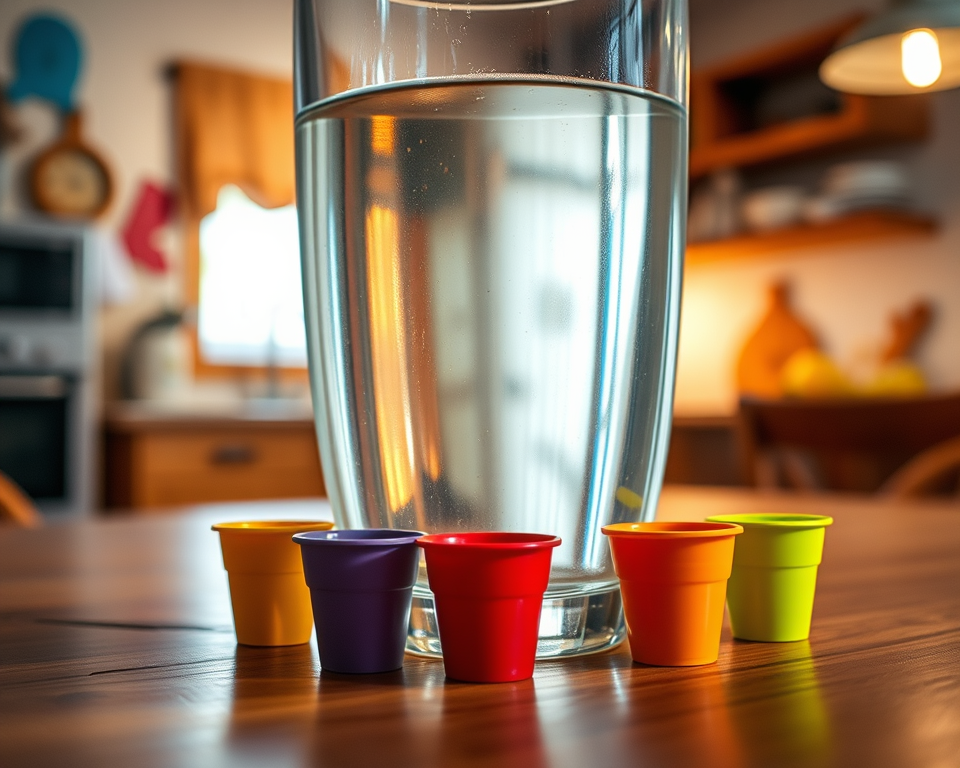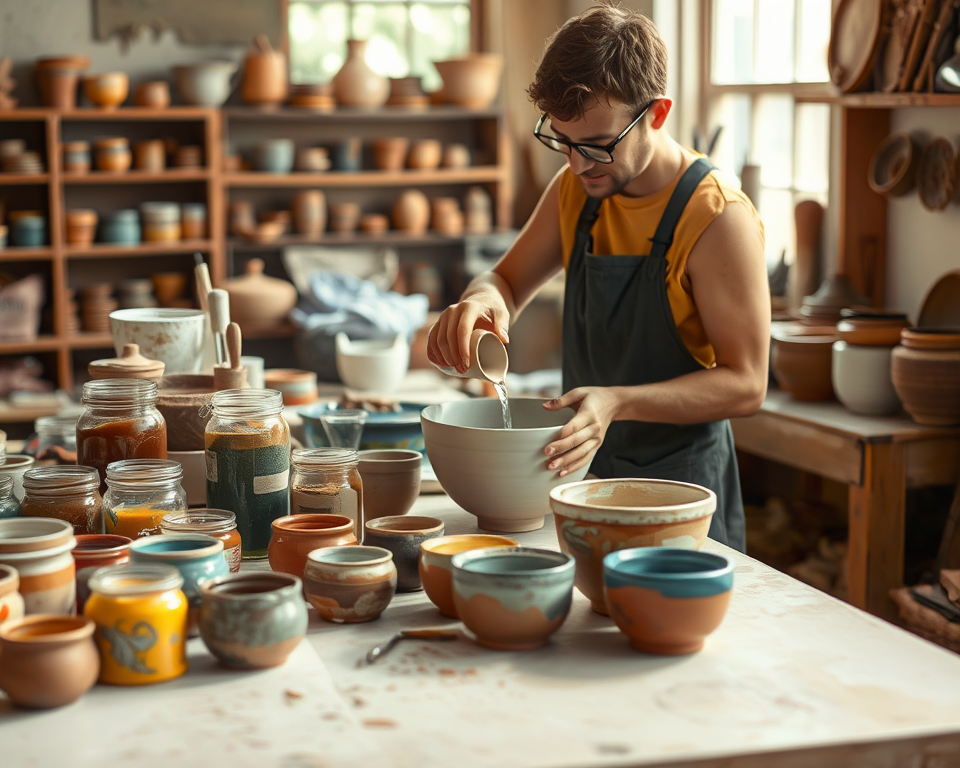Have you ever wondered how pottery is made? Well, a huge part of the process is how we fire the clay to make it strong and beautiful! When we fire pottery, we use something called a kiln, which is like a super-hot oven for clay. In pottery, we have different cones that tell us how
Author: Lila Emerson
Hi, I’m Lila! I’ve been captivated by the art of pottery for as long as I can remember. From the moment I first touched clay, I knew I had found my passion. Through my website, CraftedInClay.com, I share my love for pottery, offering tutorials, tips, and inspiration for anyone eager to discover, learn, and master the art of pottery. Whether you're a beginner or a seasoned artist, I’m here to help you shape your creative vision into something beautiful!
0.75 teaspoons (tsp) to milliliters (mL)
Hey there! So, when we talk about measuring ingredients in pottery or cooking, we often use different units. One common unit is a teaspoon (tsp), and another one is a milliliter (mL). Let’s dive into how to change 0.75 teaspoons into milliliters. 1 teaspoon is about 5 milliliters. So, if you want to know how
1.25 tablespoons to milliliters (mL)
Hey there! Let’s talk about measuring things in the kitchen, especially when you’re working on your pottery projects and need to mix stuff just right! When you’re creating something special with clay, sometimes you might need to mix colors or add certain ingredients to make your glaze perfect. One important way to measure liquids is
Pottery: A Creative Outlet for Everyday Stress Relief
You know that feeling when life just gets a little too overwhelming? Like, you’ve got deadlines looming, the house is a mess, and your to-do list is starting to look like a novel? Trust me, I’ve been there, and that’s why I turned to pottery. It’s become my creative sanctuary, a place where I can
5 tablespoons (tbsp) to quarts (US)
Hey there! Let’s dive into some cool measurements you can use in your pottery adventures! Today, we’re going to figure out how many quarts are in 5 tablespoons. First, let’s understand what a tablespoon is! It’s a small spoon we often use in cooking and baking. Now, a quart is a bigger measurement, often used
Essential Pottery Tools Every Hobbyist Needs to Know
Ah, pottery! The feeling of cool clay in your hands, the comforting whirl of the wheel, and the sheer joy of creating something beautiful from scratch. If you’re diving into the incredible world of pottery, you’re probably wondering—what tools do I actually need? As someone who’s been in the trenches, excitedly covered in clay from
Smart Shopping for Pottery: Essential Cost Insights
You know that feeling when you see a beautifully crafted piece of pottery and it just speaks to you? Whether it’s a hand-thrown mug or a one-of-a-kind vase, pottery has a charm that can draw anyone in. But when you start to think about how much it might cost, that excitement can quickly turn into
Pottery and Pregnancy: What You Need to Know for Safety
When I first found out I was pregnant, I was filled with a delightful mix of excitement and a thousand questions. One of those questions was about my beloved pastime: pottery. I wondered, “Is it safe for me to keep shaping clay and throwing on the wheel while I’m expecting?” If you’re in the same
4.5 pints to teaspoons (tsp)
Alright, let’s solve a fun math puzzle together! Imagine you have a big glass of water that holds 4.5 pints. That’s a little more than four and a half small cups of water! Now, we want to know how many tiny spoonfuls of that water can fit into this big glass. Those tiny spoonfuls are
1.25 tablespoons (tbsp) to milliliters (mL)
Hey there! Today, we’re going to learn about measurements and how they help us in pottery. When you’re making something cool with clay, like a mug or a bowl, it’s super important to know how to measure your ingredients, whether it’s water, clay slip, or glaze. Now, let’s talk about tablespoons and milliliters. A tablespoon

